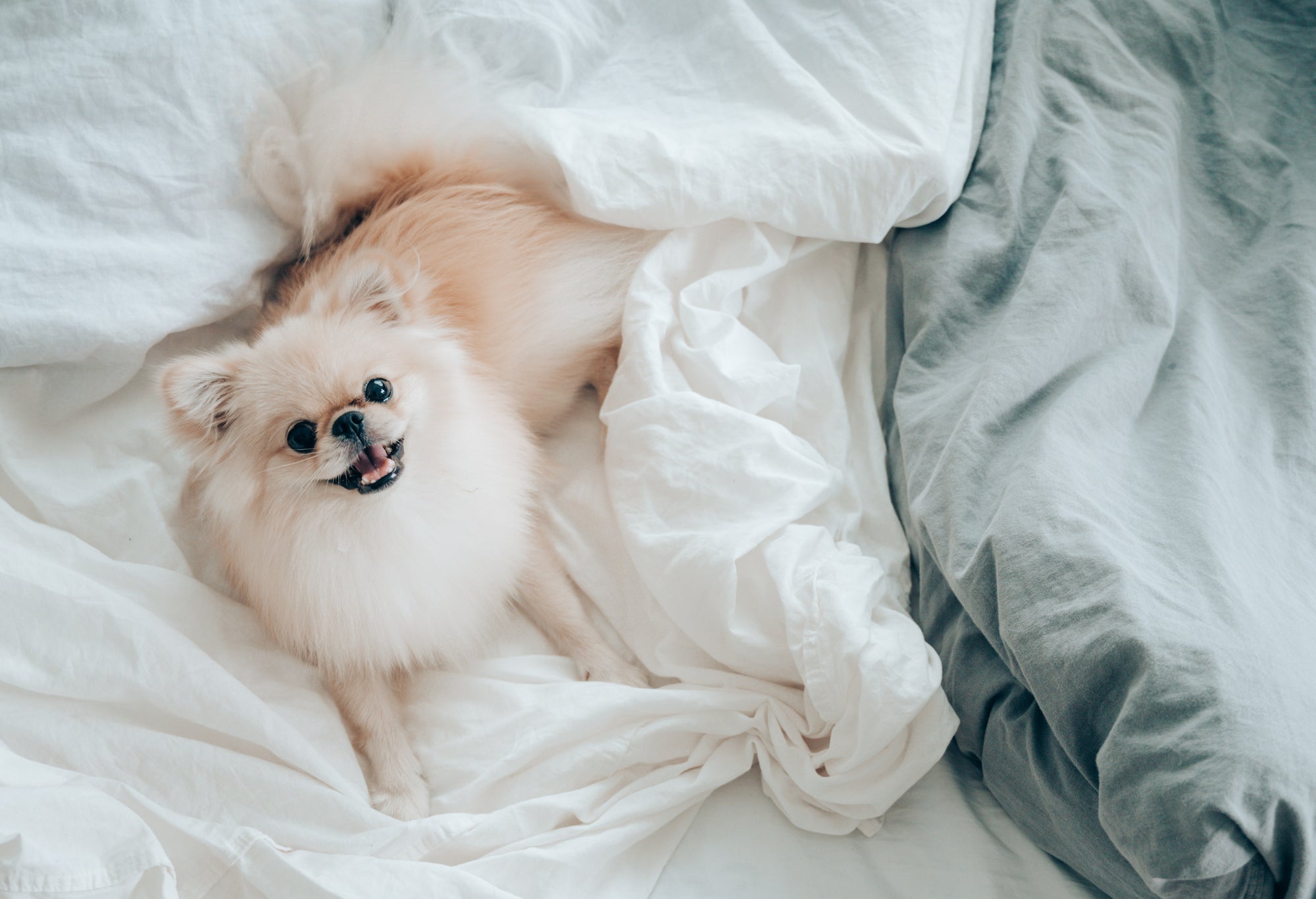

· By Dr. Jill Lopez
Can old dogs have anxiety?
Older adopted dogs will always have a place in my heart. Having worked in rescue for many years I see so many heartbreaking cases of dogs that have been given the short end of the stick. Some never got trained and some have had bad experiences with another dog, human or even a specific object. As their new hooman it is our job to re-adjust them to the world we provide for them and show them it’s not such a big bad and scary place after all. That being said, we do have to be careful with these doggos since we don’t necessarily know their triggers yet.
Sometimes your older pup will seem to already be stuck in their ways about being scared of a specific stimuli, but if you think about it you really have no idea what happened to them in the past and how much reinforcement they have had around being scared about something. Fear is an emotional response, so it will take some time and patience to reverse this.
The first step will be to figure out what they are scared of and SLOWLY introduce them to it with only positive interactions. As a rule of thumb, it will take 10 or more positive reactions to counteract one bad one. If you think about it, us humans are like this as well. We might have had many good interactions with people, but if we have one joe schmoe who totally screws us over it will take time for us to trust again. The same goes for our dogs. They can learn to trust again, but it will take some time.
Once you have identified what your pup is scared of (other dogs, tall people, people with hats) you are going to want to initially just let them hide and get farther from the scary situation. Thrusting them into being closer to it will only make them want to be around it less, and could cause a bite or other negative reaction. When they are ready to come out you can encourage your dog to get closer, but do not force the situation. You have no idea what this pup has experienced in the past and it could be serious trauma that could bring a reaction you truly didn’t expect.
One thing you do not want to encourage fear. Coddling or excessive baby talk can reinforce the dog’s flight behavior, so it’s better to drop treats as they slowly come out of hiding. You’ll want to remain calm and your dog is likely to follow suit. If you make a huge deal out of them being scared of something they will feel that their fear is valid, but if you drop treats and walk away, they will know there is nothing to be scared of and they will be encouraged to come out. You can also leave toys slightly out of reach to encourage them to face their fear.
Dogs look to us for direction and for a sign that this world is safe. Through patience, trust and guidance we can show an older dog that they don’t need to be so afraid after all.
Brave Paws Anxiety and Stress Support Chewables may promote calm behavior in dogs who exhibit nervousness or anxious behavior. Our clinically-studied and patented botanical blend contains naturally occurring bioactives, including betulinic acid, which have been found to promote a sense of calm and relaxation in dogs.
